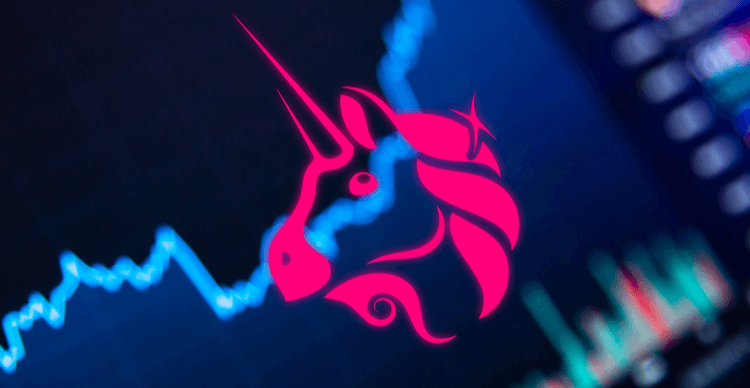Dow plummets more than 500 points on heels of hot inflation data
The Dow Jones Industrial Average plunged more than 500 points on Tuesday after hot inflation data for January dimmed hopes that the Federal Reserve would begin cutting interest rates next month.
The Dow, which tumbled as 750 points, slid 1.4% — its worst day since since March 2023. The S&P 500 slipped 1.4%, while the tech-heavy Nasdaq Composite fell 1.8%.
Both the Dow and the S&P 500 had hit record highs this year before plunging following the release of the Consumer Price Index, which rose a stiffer-than-expected 3.1% on an annual basis.
The figure — which tracks changes in the costs of everyday goods and services — remains far off from the Fed’s 2% target.
Core CPI a number that excludes volatile food and energy prices increased 0.4% in January, to 3.9%.
The figure, a closely-watched gauge among policymakers for long-term trends, was also higher than what economists anticipated.
“Inflation staying sticky is everyone’s biggest fear and this report is showing its not going down,” Chris Zaccarelli, the chief investment officer of Independent Advisor Alliance, said. “The knee- jerk reaction is for stocks and bonds to sell off. That makes sense. Then we’ll wait for the next report and if that’s lower this will turn out to be just a blip.”
The increase could delay the prospect of three interest rate cuts the Fed anticipates to make in 2024.
Wall Street had initially expected that the first time rates were brought down from their current 22-year high would be in March.
Fed Chair Jerome Powell said after the latest policy meeting that “it’s not likely that this committee will reach that level of confidence in time for the March meeting.”
The CME FedWatch Tool shows that a May rate is also largely off the table.
The probability of a May rate cut slumped from 52.2% to 36.6% on Monday while the chance of a slash in June now stands at 78.6%, down from 92.2%.
Atlanta Fed President Raphael Bostic, who is voting on the Federal Open Market Committees policy decisions this year, told CNN that he’s anticipating the first of three cuts to take place in the fourth quarter — weeks after the mid-year slowdown Wall Street is now expecting.
By the end of the year, inflation will be near “the lower twos,” he said.
This isnt a TikTok video or something like that where you get trends happening so fast. It takes a while for the decisions of individual decisions and millions of people to come together and to start to create trends, he told CNN.
At the same time, theres a significant risk if the Fed leaves interest rates where they currently are for too long, Bostic warned.
Subscribe to our daily Business Report newsletter!
Please provide a valid email address.
By clicking above you agree to the Terms of Use and Privacy Policy.
Never miss a story.
He also noted how difficult it’s been to tamp down inflation as the job market has remained surprisingly strong.
Januarys monthly jobs report added a blockbuster 353,000 new jobs to the economy — nearly double analysts’ expectations.
Although inflation appears to be slowing, the economy remains Americans overall top concern, cited by 22% of poll respondents, as they have struggled with inflation and other aftershocks of the COVID-19 pandemic, according to a Reuters/Ipsos poll released last month.
Since taking office, Biden has made a pitch for lower supermarket prices, pushed drug makers to lower insulin costs, hotel chains to reduce fees and tried to diversify the meat-packing industry after beef prices skyrocketed in the aftermath of the pandemic.
Alfredo Ortiz, president and CEO of Job Creators Network, told The Post in a statement that “inflation remains historically high and is nothing to cheer about.”
“Talk to any American going to the grocery store, hardware store or pharmacy, and they’ll tell you prices continue to rise at a painful rate.”
A December 2023 report on shrinkflation — when businesses cut product sizes but keep prices the same — found that household paper products were 34.9% more expensive per unit than they were in January 2019, with about 10.3% of the increase due to producers shrinking the sizes of rolls and packages.
Researchers also found that the price of snacks like Oreos and Doritos had gone up 26.4% over the same period, with shrinking portions accounting for 9.8% percent of the increase.





